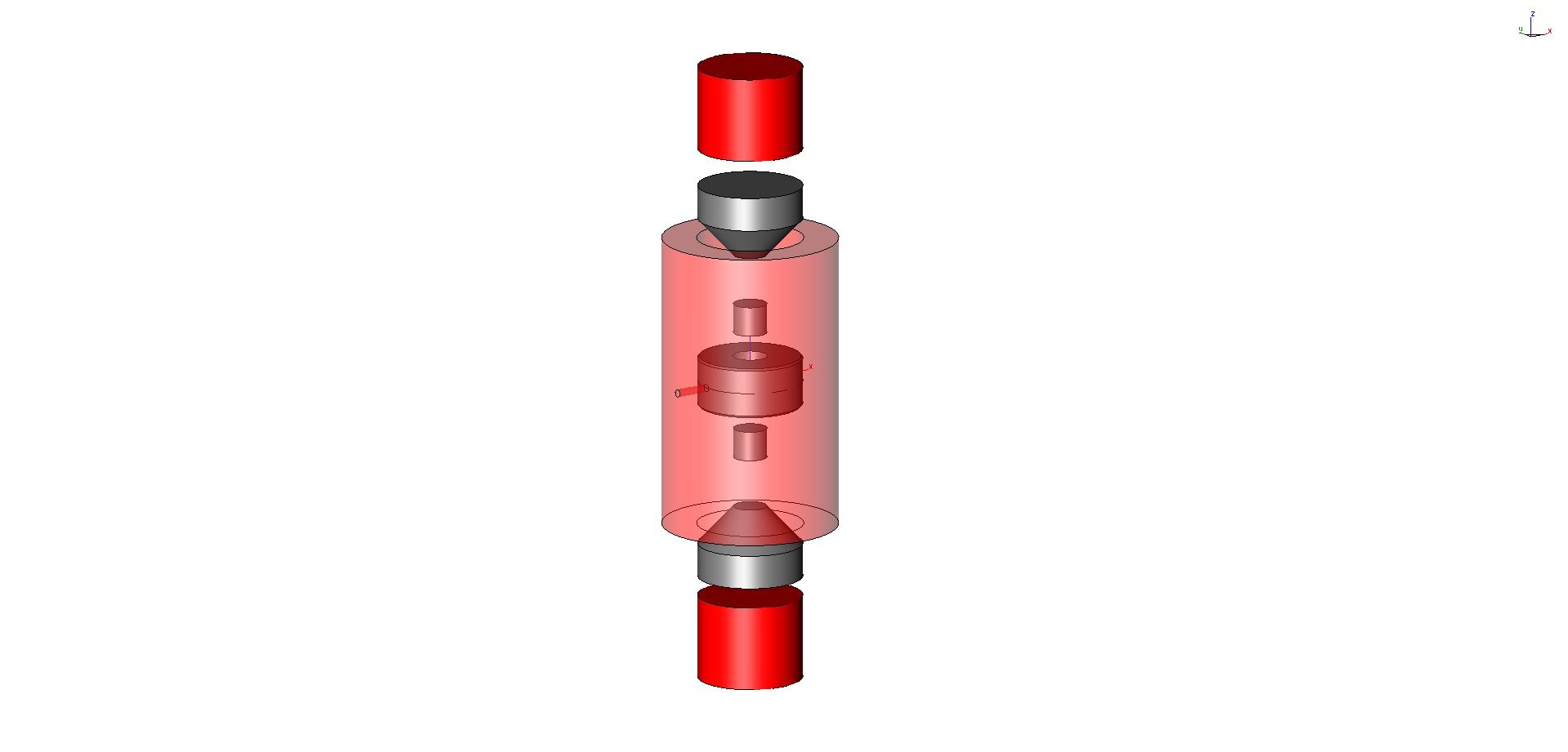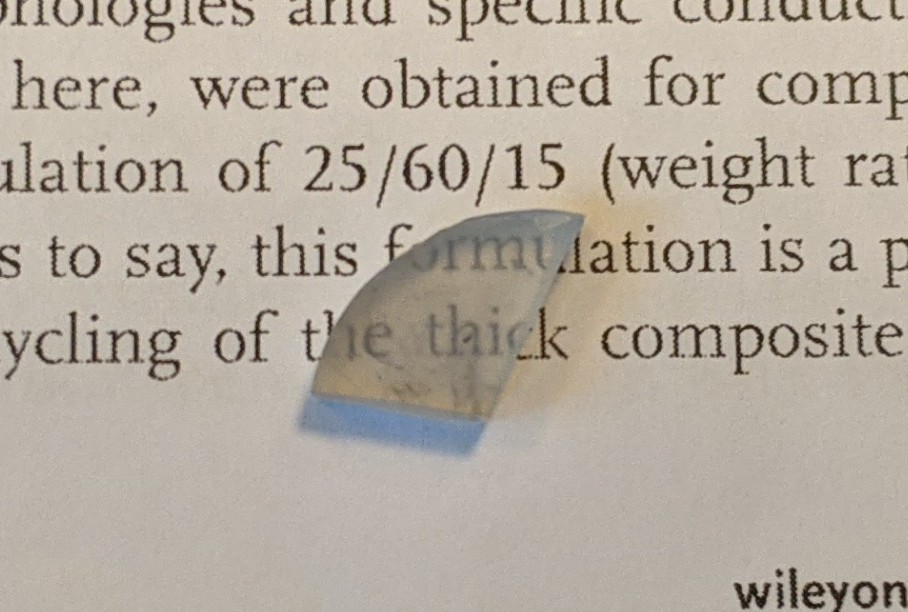Head of the platform : J. Monnier and B. Villeroy
Keywords
- densification
- development of materials
- sintering
- microstructure
- shaping
Group leader
Members
Scientific activities
Scientific activities
The SPS is a fast sintering equipment acquired within a regional project initiated by Claude Godart (ICMPE), involving 9 laboratories in Paris area (link to daughter page 1) and strongly supported by the CNRS Institute of Chemistry. The device was installed in Thiais (M2I, ICMPE, UMR 7182 CNRS – UPEC) in June 2007.
This equipment is available to the 9 co-owner laboratories. For other public laboratories and private companies, scientific collaborations as well as services are proposed.
In annual meetings, scientific results obtained and technical difficulties encountered are presented. This ensures the transfer of information between the co-owner laboratories. The bibliography issued from the work carried out on the equipment is also listed annually.
The SPS platform is strongly involved in the activities and the process of structuration of the French SPS community through the organization of events such as the National SPS Days (2017 Edition) and the contribution in the creation of the “Groupe Francophone de Densification des Matériaux par Frittage Assisté par Courant Electromagnétique” (GFDM-FACE – Francophone Group of Densification of Materials by Electromagnetic Field Assisted Sintering).
Process
The “Spark Plasma Sintering” (SPS – also called Flash Sintering or Field Assisted Sintering Technology), is a recent densification process allowing to shape, to synthesize and to bond a wide range of materials: metals, ceramics, polymers, composite materials…
The sintering powder is put in a graphite (or steel, or tungsten carbide…) die between two conductive electrodes which also transmit a uniaxial pressure. The whole is in a vacuum chamber or under a controlled atmosphere. A very high current (DC) flows through the mould and the sample, as successive pulses at a defined frequency, which allows a very rapid temperature rise and a complete sintering in a few minutes. This technique enables a good control of the material structure down to nanometric scales in particular.
Equipment
The device allows annealing up to 2000 °C under a pressing force adjustable between 0 and 50 kN (i.e. 600 MPa for a 10 mm diameter mould) and under a controlled atmosphere (primary vacuum, Argon, etc.). The sample is heated by sending pulses of high intensity and low voltage direct current (Max. 1500 A) producing rapid heating (up to 600 °C / min) of the powder to be sintered.













